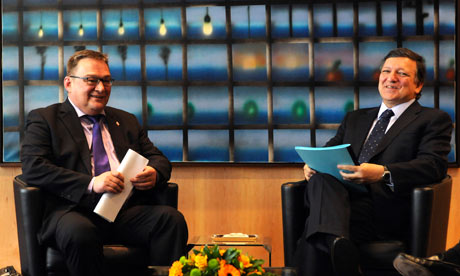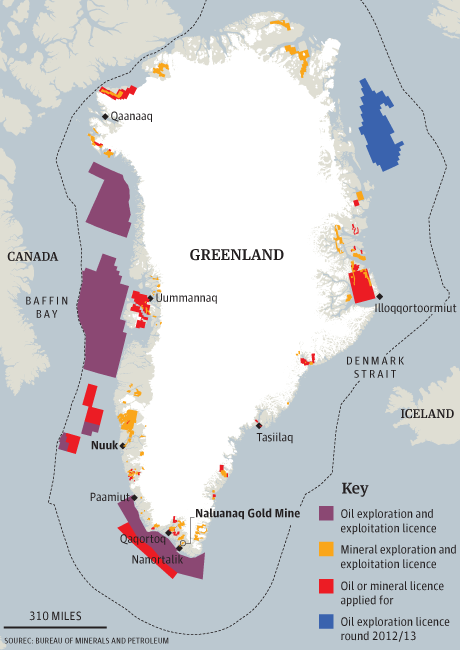Studying Evolution With an Eye on the Future

Jane Charlesworth
GLIMPSING THE FUTURE Sinéad Collins studies evolution in marine algae.
Published: July 30, 2012
Charles Darwin came to many of his ideas by observing the wild creatures of South America. The biologist Sinéad Collins elaborates on his work by actually creating evolution in
her laboratory at the University of Edinburgh. Dr. Collins, 36, sets up experiments to uncover evolution’s basic rules. She then uses the information to help work on solutions to contemporary environmental problems like
global warming and marine acidification.
RSS Feed
We spoke for two hours at last winter’s annual meeting of the American Association for the Advancement of Science in Vancouver, British Columbia, and then again last month by telephone. An edited and condensed version of the conversations follows.
When people get algae in their swimming pools or their ponds, they do their best to get rid of it. Why do you deliberately grow it in Scotland?
Oh, my gosh! We grow it only for the best of reasons. In my lab, we do something called “experimental evolution.” That’s a way of trying to figure out how evolution works by observing it. We do that by taking very small creatures — unicellular green algae — and breeding hundreds and thousands of generations of them in different environments.
With ocean warming and acidification proceeding at an ever-growing pace, we grow the algae in high CO2 environments — which is something like what a future ocean might be like. We then say, “Hello, algae, tell us how you are different.” And from this we can get a projection of how they might be in 200 years. It’s important to know because microbes such as algae are the starting point of the marine food chain.
Of course, we’re doing this in a laboratory. So it’s a super-simplified version of a future ocean. We’re not trying to replicate reality — the actual ocean is a complex and turbulent environment. We’re more trying to figure out the rules reality plays by.
Is experimental evolution new?
No. In the 1880s, there was a guy named the Rev. William Dallinger, and he did an experiment that could be published today — it was that cool. He took microbes that could live only at temperatures under 68 degrees Fahrenheit, and over several years evolved them to live at 158 degrees!
What is new is applying evolution to current problems. I first came to the field in the 1990s while studying biochemistry at McGill. I was volunteering at a gay telephone hot line in Montreal. At the time there were all these super-strains of H.I.V. emerging. That got me interested in how viruses evolve because retroviruses like H.I.V. have this incredibly fast mutation rate.
That was part of what pushed me to do my doctorate in experimental evolution. Right away, I could see how experimental evolution was creating tools for understanding the effects of climate change. Who survives in a warmed-up environment? How will they be different from their ancestors? Dallinger’s microbes, after years of selection, couldn’t survive at 68 degrees Fahrenheit anymore.
Today I do Dallinger-ish experiments in my own lab. I take the results to an institute in Germany where I help their oceanographers plan their own experiments in real marine environments.
What have your algae taught you so far?
Let me tell you about one experiment we did. There are people who say that all the carbon we’re putting into the seas might not have a devastating effect. They posit that it won’t lead to an over-acidified marine environment because microbes will eat all that extra carbon, store it and spit it out as oxygen.
At first glance, this makes sense because many microorganisms are photosynthesizers. They gobble up carbon, store it, use it like food for growth and transform it into oxygen.
So to test this, we grew algae in the lab in a high CO2 environment, and 1,000 generations later we saw some really weird syndromes. Some of the algae, if you gave them more CO2, weren’t storing it anymore. Others photosynthesized many times faster than any of their ancestors had, though they were no longer able to use the extra carbon to become bigger.
What do you make of this?
That this hope that ocean plants will efficiently sop up all the extra CO2 may be overly optimistic.
We did another experiment where we found that genetically identical algae evolved differently when they are part of a community than when alone. In fact, the algae that evolved the most on their own and were most adapted to the new environment got driven to extinction when they were put together with algae that had evolved in a community.




 Graphic
Graphic


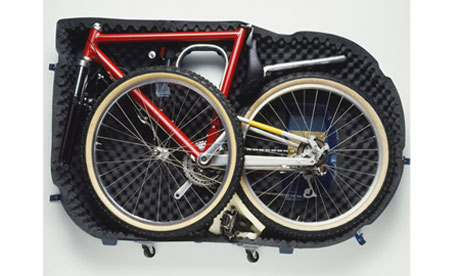
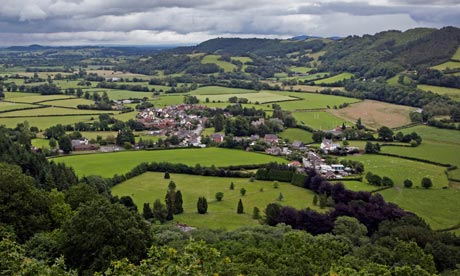
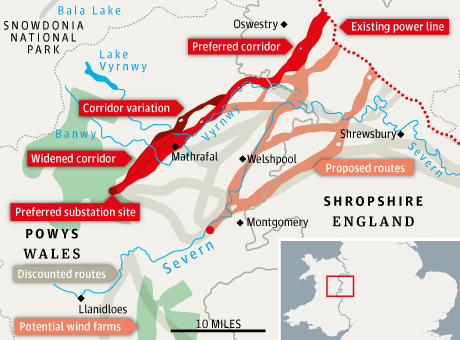 Preferred route of the mid-Wales pylons
Preferred route of the mid-Wales pylons